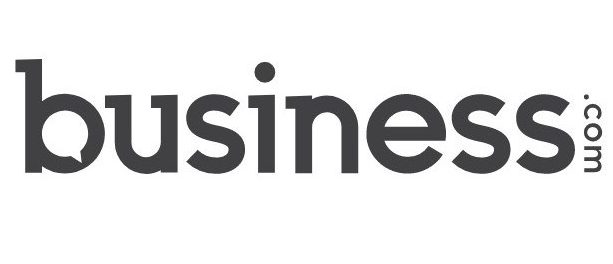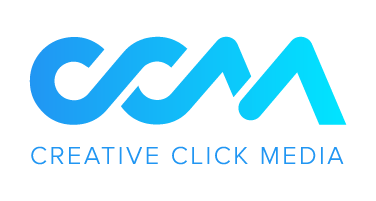Conversion Rate Optimization for Law Firms Part 2: The Essential Elements of a CRO Strategy
Date: July 7, 2022

Whether your law firm has just built a website or you’ve had it for years, a solid conversion rate optimization (CRO) strategy can help you convert visitors into warm leads. If you do a really good job, these visitors can even be converted into lifelong clients.
How do you make that happen?
The strategy will look different for every business. What works well for a large law firm with multiple practices will be entirely different from what will work well for a solo practitioner. However, there are at least six essential elements that all websites should include in their CRO strategy.
Before we get into them, it’s vital that you understand what CRO really is. Keep reading if you’ve come here from Part 1 of our conversion rate optimization series. If you haven’t read it yet and want to learn more about what CRO is, we recommend that you check that post out before continuing.
Website Copy
One of the first changes you should add to your strategy is a copy rewrite. The job of your web copy is to sell your services to the reader. If you are just adding paragraphs and sections to get words on your home page, you are missing out on a very valuable tool.
Every word on your home or landing page should be thoughtfully put together to persuade every reader who enters your website to stay. Visitors should not only have a clear understanding of who you are and what makes you different, but they should also know what the next step is.
Even though the most beautiful copy won’t be helpful if readers are left asking, “now what?” Instead, it would help if you focused on creating conversion copy that promotes a conversion action — whatever you decide that should be. Some law firms may want clients to fill out their contact forms. Others may prefer a phone call.
Regardless of what action you desire, your copy should be written in a way that engages readers and lets them know they’re in the right place to solve whatever problem they Googled. It should also show the value in taking that next step to reach out to your firm.
A Call-to-Action
The copy that directs visitors to the next step is referred to as a call-to-action (CTA). These CTAs are one of the most important parts of your website and should be worded so that visitors are compelled to engage. While you can certainly include text-based CTAs in your copy, you shouldn’t rely on them alone. Visitors sometimes skim the text on your website and may miss them.
We encourage you to include several buttons throughout your website to combat that problem. They are catchy and stand out from the rest of your website copy. Form length, button color, and wording can also impact a person’s likelihood of clicking on the button. The text on the button should make it very clear what action you want visitors to take.
However, you should be careful not to include too many buttons, pop-ups, or banners. These can be counterproductive, as customers will just experience “banner blindness” and exit your website right away.
Navigation and Site Structure
Did you know that the structure of your website can also play a huge role in its ability to convert passive visitors into active users? Think about how many times you have visited a website that was difficult to navigate. Did you stick around and try to find your way through the mess? Most visitors will leave your website if it is too confusing.
That’s why we always recommend a site structure update that typically involves a reimagining of your navigation bar. The goal is to make sure that the website is clearly divided into categories. From there, you can add subcategories so you can direct visitors to your individual pages while ensuring that the website follows a logical order. It’s a good idea to include breadcrumbs on the sub-level pages so that visitors can make it back to a specific page without clicking around.
Forms
We briefly mentioned that the length of forms could play a role in your conversion rate, but what does that really mean? While it might be tempting to request as much data as possible, long forms tend to scare visitors away. It’s crucial that you find the balance between collecting all of the information you need and not losing the conversion.
You can help increase your conversion rate through your forms by using auto-fill features. This allows users to input all of their data quickly. If they can fill out the form with less hassle, they are more likely to submit it.
Lastly, you want to make sure that you place the forms in the right spot. Most users aren’t going to search for a contact form if it isn’t immediately available. If you don’t want to clutter every page by including a contact form, you can at least have a button directing them to it. Just keep in mind that every extra step you add gives prospective clients a chance to change their minds.
User Experience and Page Speed
In addition to site structure and forms, you need to keep the overall user experience in mind as you work on your conversion rate optimization strategy. Technical factors can seriously impact the user experience, including security, page speed, and mobile-friendly designs.
It’s critical that you keep user experience in mind the whole time you are working on your website. If it isn’t user-friendly, you can forget about all of the other work you’ve done to improve your conversions. We especially recommend that you work on page speed. If your web pages are too slow to load, your visitors could give up before they ever make it to your contact form.
Data and Analytics
Lastly, you need to use data and analytics to create the perfect CRO strategy for your law firm. As we mentioned, all law firms are different, and therefore, your target audience is different, too. If you want to find the strategy that will work best for your firm and prospective clients, you need to look at your data.
Is there a particular page that your visitors click on most? Is there a way you can expand it to include more valuable information? Have you noticed that other pages aren’t getting that much attention? Why is that?
These are a few questions that can help you make sense of your data and analytics. Once you better understand what your prospective clients want, you can create a strategy to provide it.
Find Out More About the Importance of Conversion Rate Optimization for Law Firms
If you’re not sure where to start with your conversion rate optimization strategy, you’re not alone. 9Sail is here to provide you with all of the information you need to start converting visitors into clients.
To get started, we encourage you to contact our office right away. You can reach our search marketing firm by calling us to speak with a knowledgeable professional. Contact us today to learn more!
















